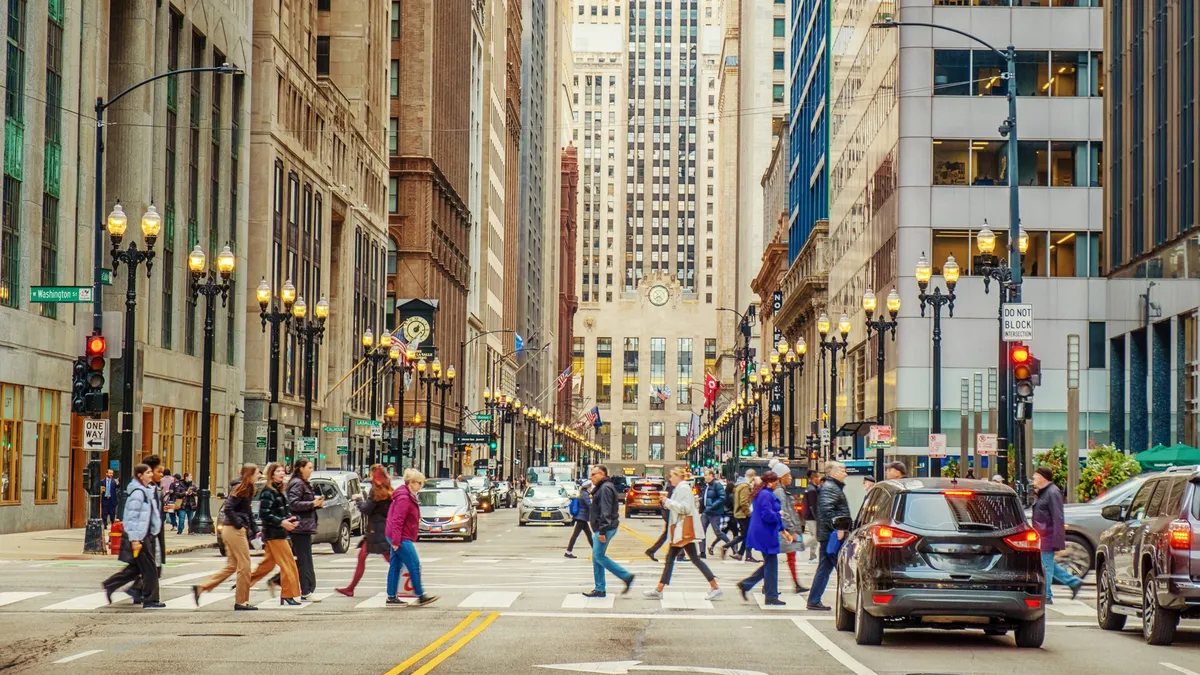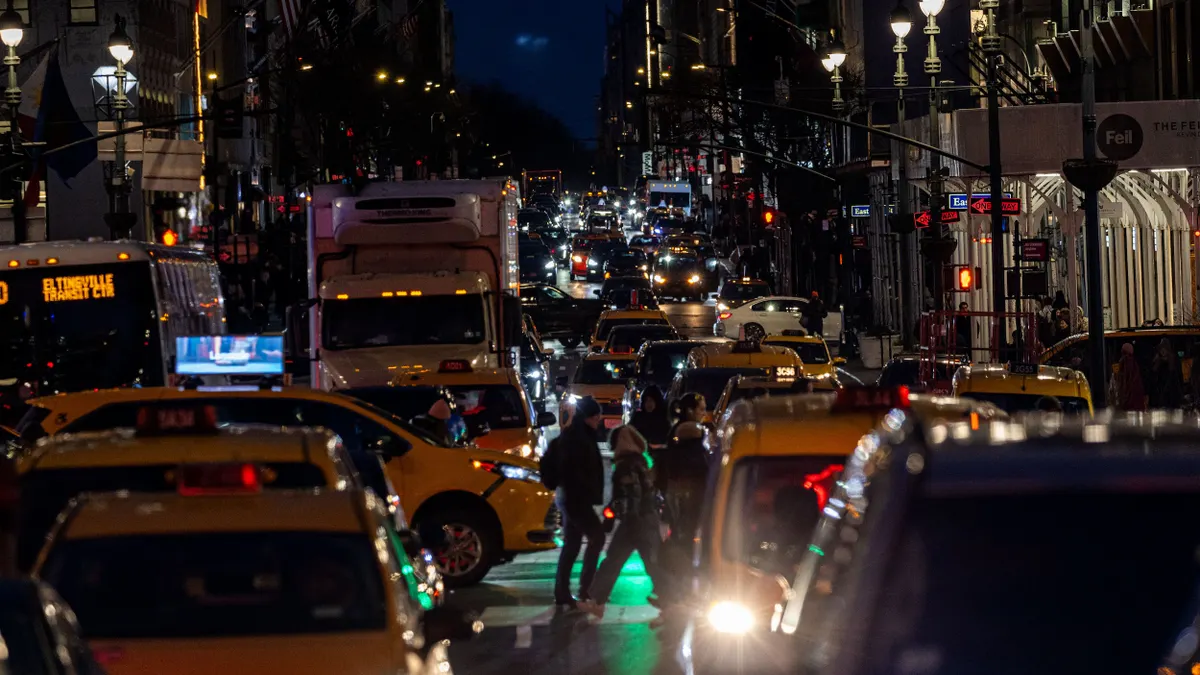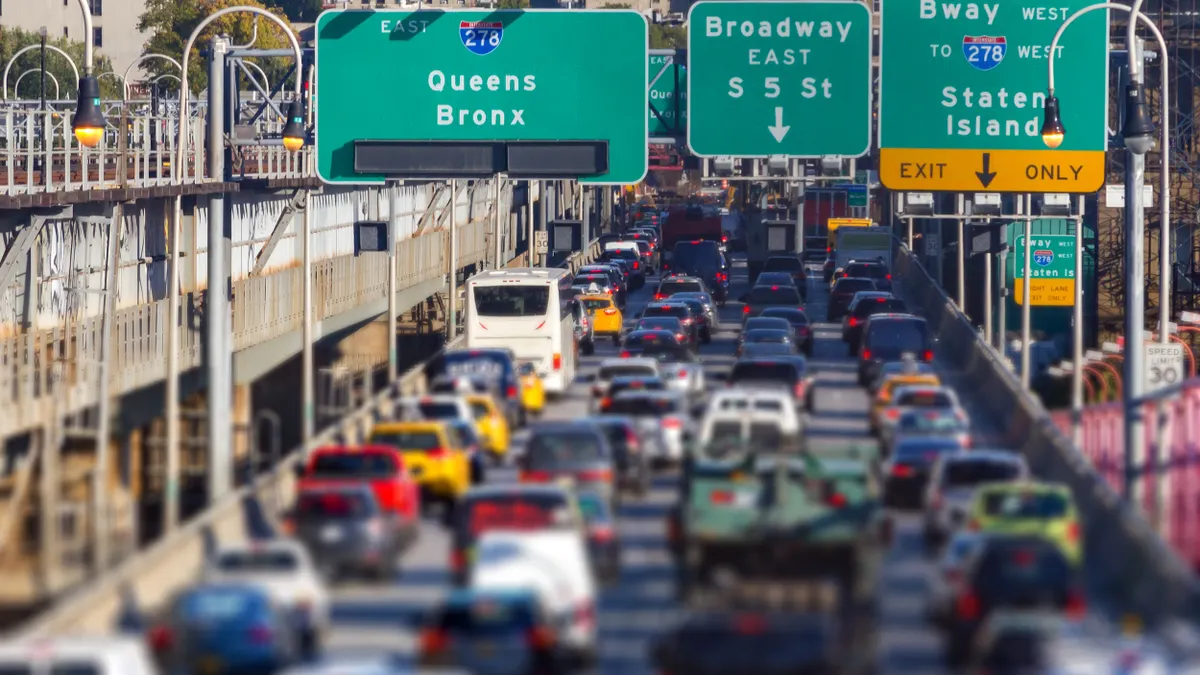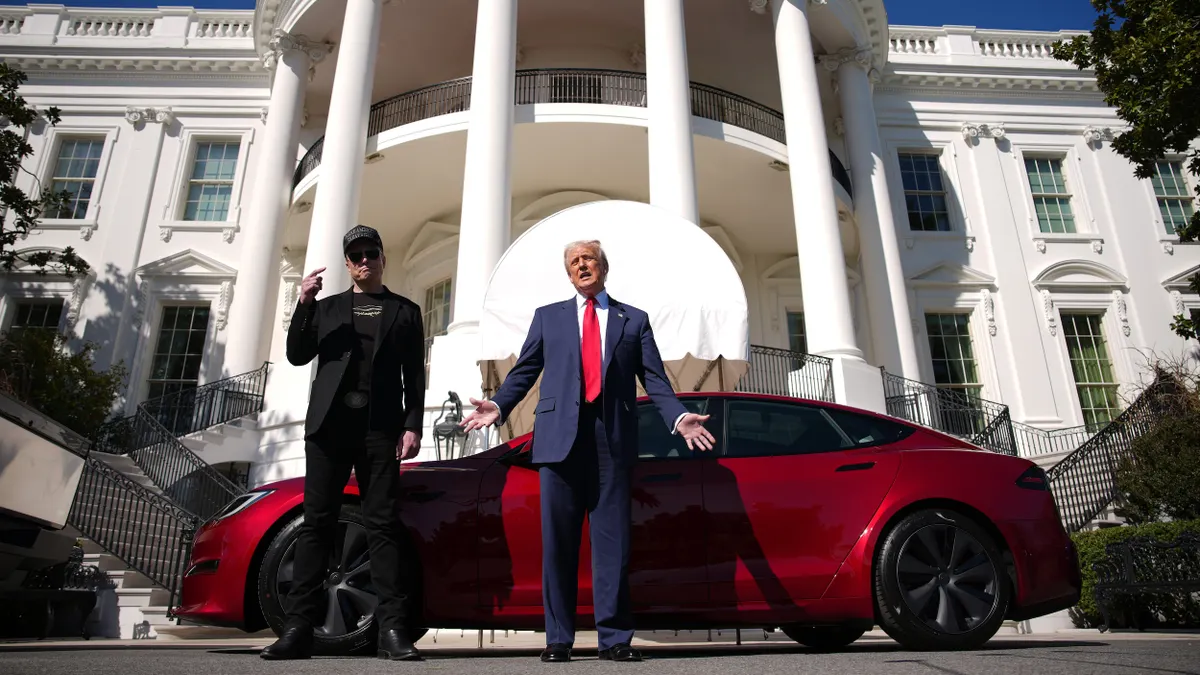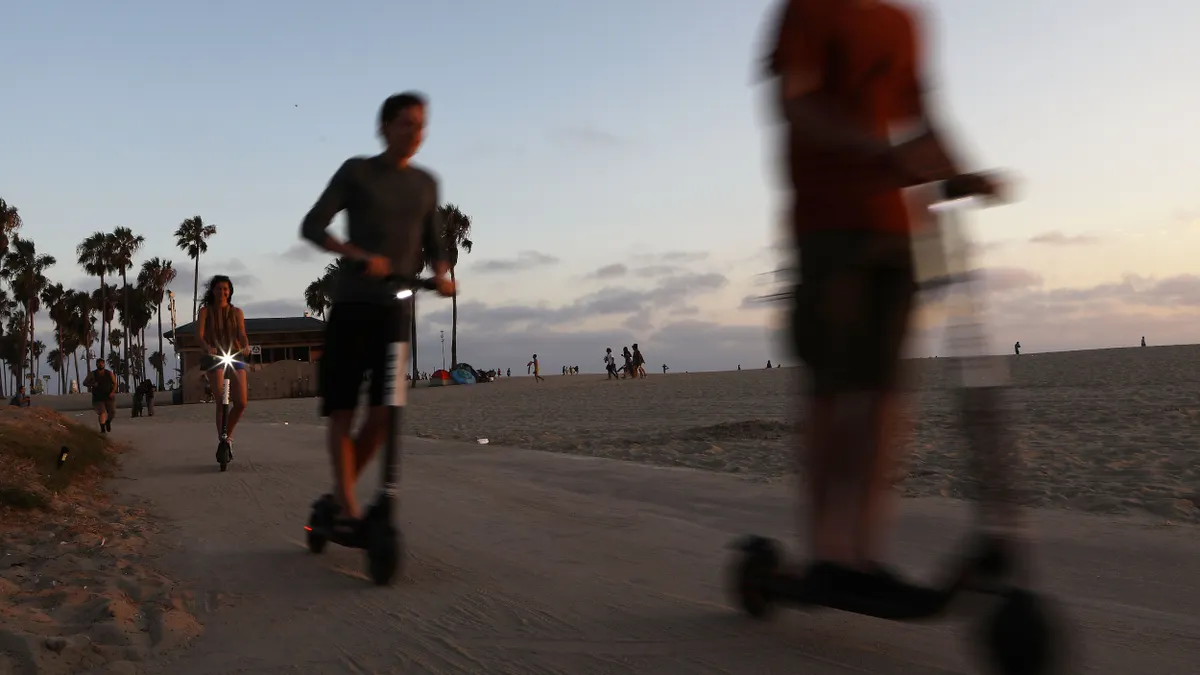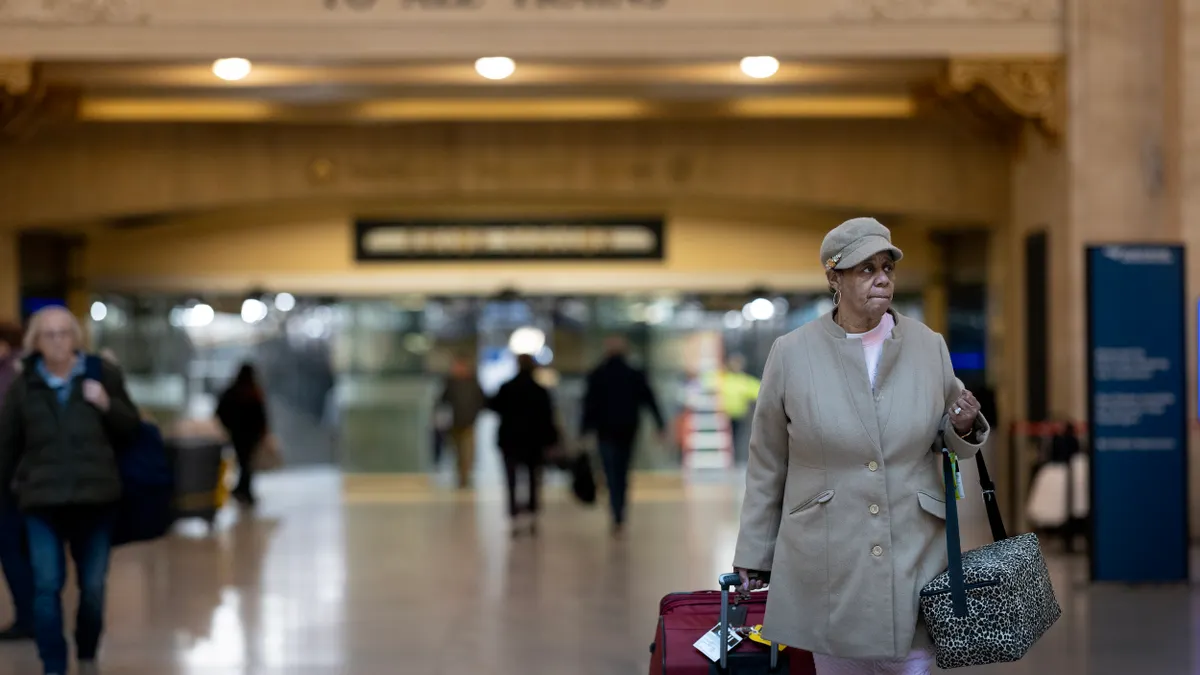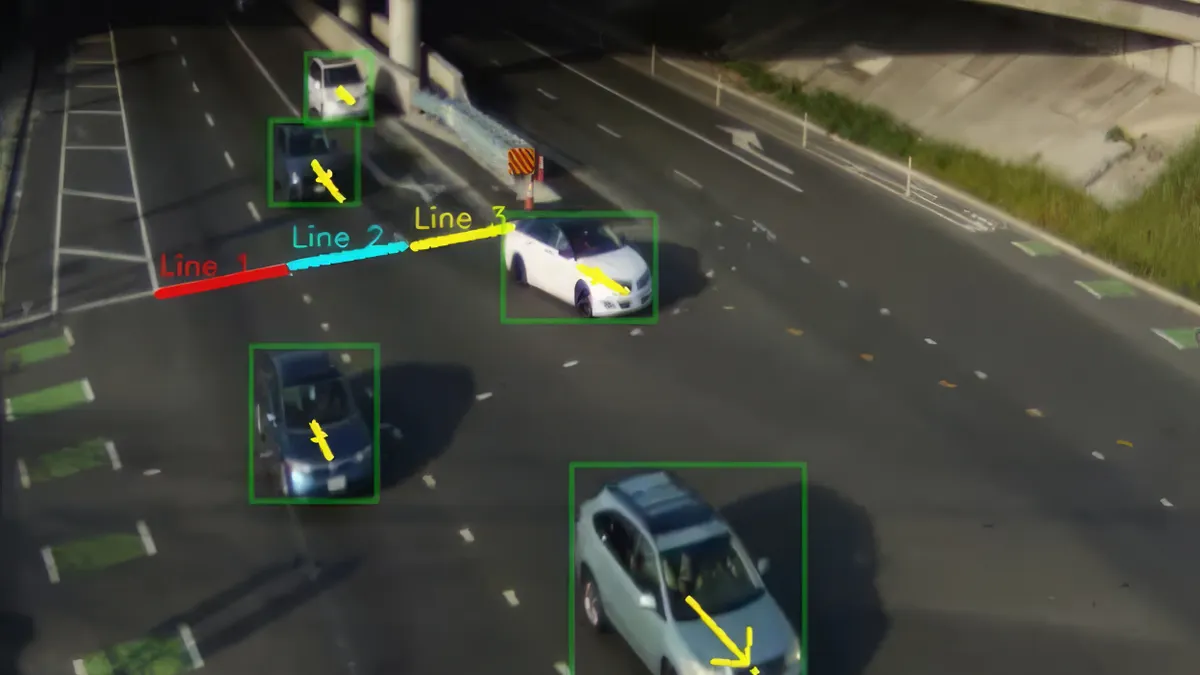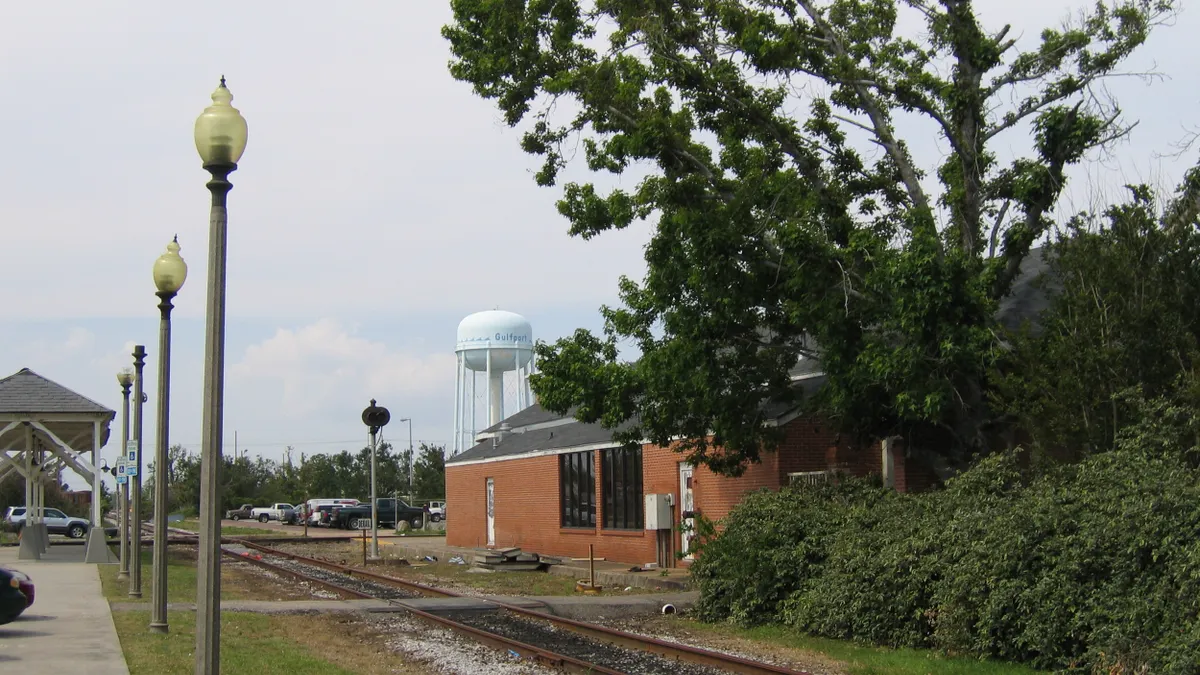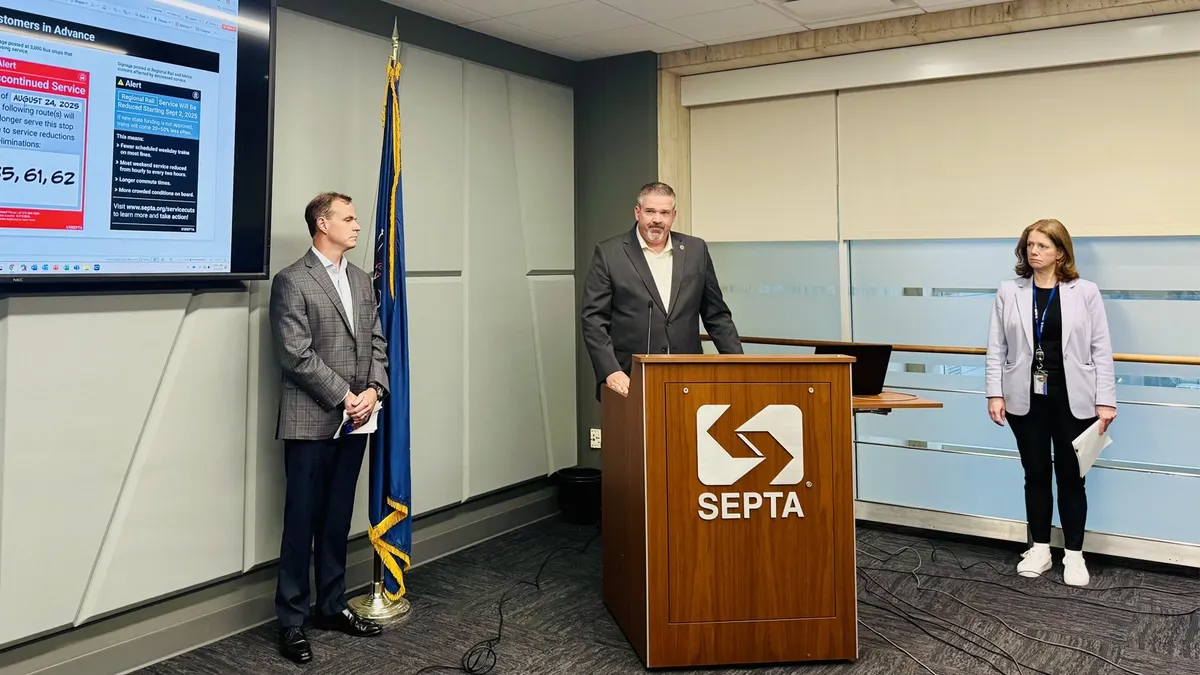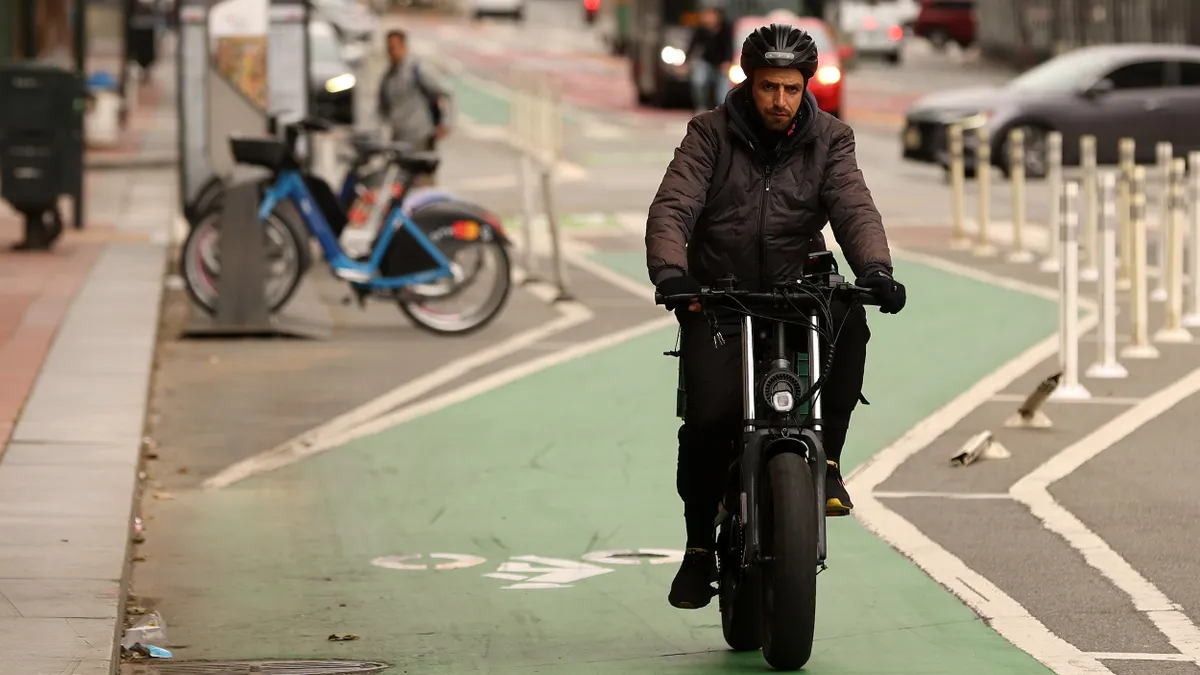The one certainty for city leaders in 2025 is change.
Donald Trump’s inauguration as U.S. president will likely result in major pivots in federal policy and funding around transportation, climate action, housing and homelessness. Climate change impacts have never been more stark, and 2025 will almost certainly stamp U.S. communities with an array of extreme weather events. Meanwhile, emerging technologies — from AI-enabled chatbots to air taxis and robotaxis — are forcing cities and companies to strike a balance between innovation and caution regarding unintended consequences.
Smart Cities Dive asked readers and other experts how they predict cities will evolve in 2025. They foresee shifting transportation systems, the proliferation of innovative housing programs, the rise of the “playground” city and momentum toward new building decarbonization approaches. Here’s a selection of their responses.
The following responses have been edited for clarity and length.
Cities will focus on increasing housing supply
In 2025, discussions around housing will increasingly focus on supply-side policies such as upzoning [to allow greater housing density] and land-use reforms to address housing affordability concerns. While upzoning is often promoted as a solution to housing scarcity, the evidence is mixed on whether it leads to significant supply increases or lower housing costs, particularly for people with low incomes. The benefits of upzoning will be greatest if policymakers also implement complementary measures, such as direct investments in long-term affordable housing, to mitigate potential negative effects like gentrification and displacement.
— Christina Plerhoples Stacy, principal research associate, Urban Institute
AI will integrate further into municipal services
Local leaders are constantly innovating to address the issues facing their residents — a trend that I predict we’ll continue to see as we head into the next year. Municipal leaders are already integrating AI into city services like public works projects, planning and public safety to make their communities centers of innovation that are transparent, efficient and smart. This kind of creative thinking will continue as they figure out [further integrations] and embrace other emerging technologies.
— Clarence Anthony, CEO and executive director, National League of Cities
Building and neighborhood decarbonization will advance
I expect local governments will continue to upgrade their building codes to align with their existing air quality and energy efficiency standards, resulting in greater adoption of modern electric appliances. That will improve residents’ health and foster the growth of the zero-emission heating and cooling market, further lowering the costs of building electrification for cities over the long term.
The trend toward a more scaled approach to building decarbonization, moving from appliance-by-appliance to whole neighborhoods departing the gas system at once, I predict will accelerate in 2025.
Lastly, state governments will ramp up their efforts to make electricity rates more affordable, launch or expand heat pump incentive programs and implement other policies that will make building decarbonization more cost-effective.
— Panama Bartholomy, founder and executive director, Building Decarbonization Coalition
Commuter rail operators will need to be flexible
With hybrid and remote work models here to stay, the commuter rail industry has had to adapt to a new normal. The traditional 9-to-5 model is giving way to a regional rail approach, with operators expanding service to accommodate passengers throughout the day, not just during peak hours. This shift not only attracts new riders but also promotes greater transit equity by serving a broader range of community needs.
In regions like Los Angeles, expanded regional service has already yielded positive results. Looking ahead, rail operators that prioritize flexibility and invest in broader service offerings in 2025 will position themselves for long-term success and sustainability.
— Darren Kettle, CEO, Metrolink
‘Playground’ cities will thrive
Last year, in The New York Times, [urban economist, author and Harvard University professor] Ed Glaeser and I introduced the playground city — a vision for a new kind of urban space, where the focus shifts from productivity to pleasure. This transformation, accelerated by the pandemic, reimagines parks, bars and even offices as places designed for human connection, potentially offering an antidote to the isolation of digital life.
When we first published the concept, office prices were still high. A year later, the collapse of the market for older properties, as seen in a recent Manhattan office building auction, is telling. Creative destruction is always painful. But perhaps, from the ruins of pre-COVID urban structures, the playground city will rise, ushering in a new era for our cities.
— Carlo Ratti, professor of the practice of urban technologies and Senseable City Lab director, Massachusetts Institute of Technology
Technology and alternative fuels will transform transit
We're utilizing new technology everywhere, in all parts of our industry: for [transit] vehicles being scheduled less on a fixed route schedule and more on a flexible schedule, [for] our maintenance [and] from a safety perspective.
We will continue to see alternative fuels, whether that's electrification, hydrogen fuel cells, all sorts of new technologies. I think we'll start seeing those significantly increasing in the fleets around the country.
— Brad Thomas, CEO, Keolis North America
Innovative affordable housing programs will proliferate
Montgomery County, Maryland, was the first to experiment with the social housing model, in which local governments contribute to the creation of low-cost revolving loan funds designed to help support the costs of development, and Atlanta, Boston and Chicago [are progressing in that direction]. I expect this model to extend across dozens of additional cities in the coming year, leading to the creation of thousands of affordable housing units.
— Yonah Freemark, principal research associate and research director, Land Use Lab at Urban, Urban Institute
More EVs will hit the roads — and will find more charging stations
Whatever happens with public policy, there will be more EVs available for sale at lower price points and in different vehicle classes. There will be more options [and] more competition in the marketplace.
Underneath the political debate about credits and regulations focused on the consumer market, EVs are more ubiquitous, and customer satisfaction is really high. We're putting 1,000 chargers a week in the ground across the country, and areas with high EV adoption are getting increasingly densified with their charging networks. The cost of installing every level of charger is rapidly declining, both with volume and also technological innovation.
— Albert Gore, executive director, Zero Emission Transportation Association
Cyber threats will grow
Ransomware threats increased 18% in 2024, and we expect this trend to continue next year. Sophisticated attacks have been democratized beyond nation-states, as the perpetrators leverage artificial intelligence and emerging technologies to circumvent current security measures.
State and local governments must establish zero-trust and segmentation strategies while continuing to maintain a strong focus on IT security fundamentals, including robust cyber-hygiene practices.
— Hansang Bae, public sector CTO, Zscaler


